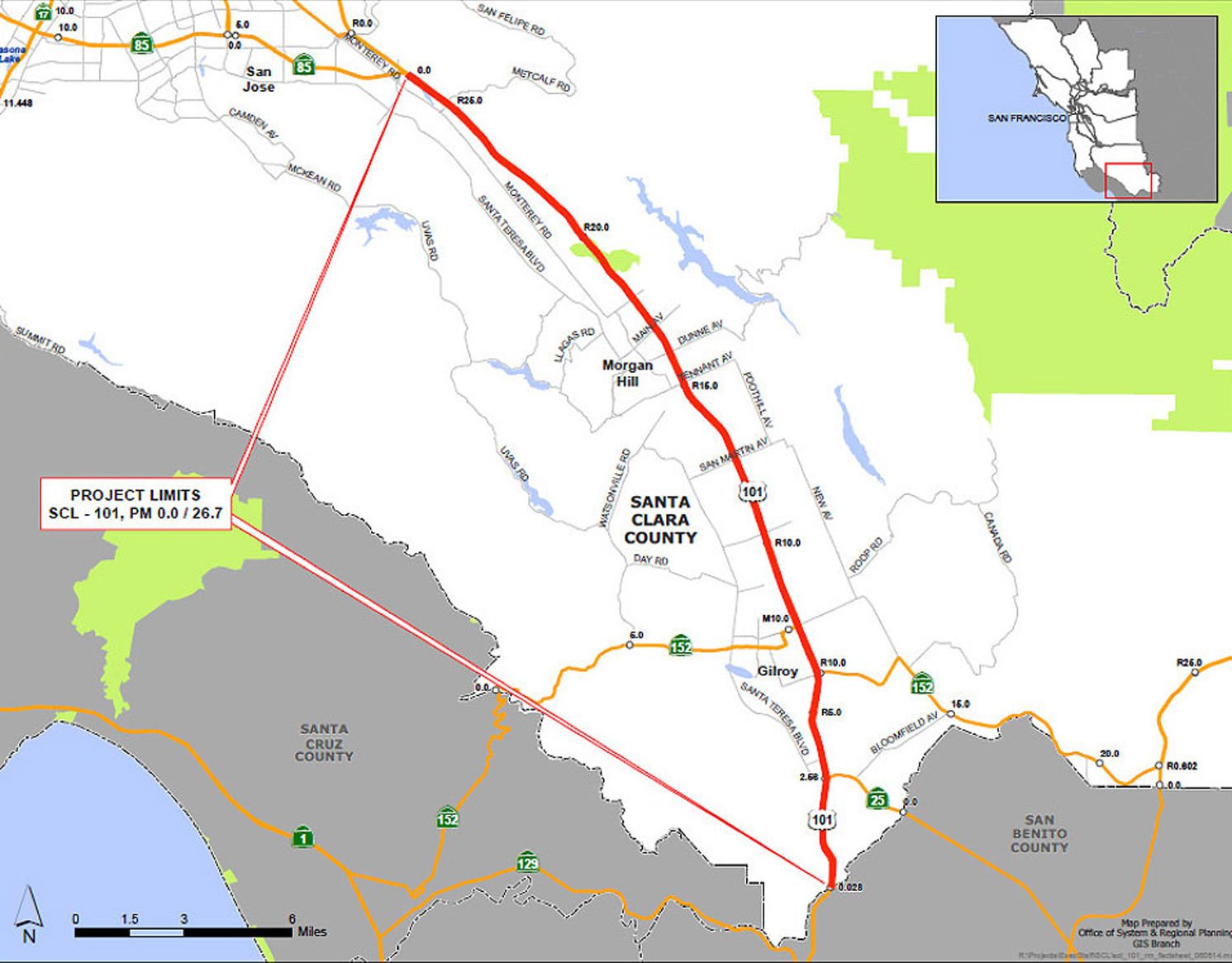GILROY
– Attorneys for both the city and local open space activists
agree that a more stringent version of a farmland preservation bill
is necessary to pass environmental muster and save Gilroy up to
$100,000 in consultant and lawyers fees.
GILROY – Attorneys for both the city and local open space activists agree that a more stringent version of a farmland preservation bill is necessary to pass environmental muster and save Gilroy up to $100,000 in consultant and lawyers fees.
But this latest twist in the city’s year-old effort to develop an agriculture preservation policy is not sitting well with a specially formed task force charged with creating the plan. At the task force’s Wednesday night meeting, after the city attorney’s opinion essentially killed critical aspects of the group’s original proposal, task force member Ralph Santos stepped down from his chairman role.
“This is too emotional for me,” Santos said. “We based our policy on something we’re now being told we can’t do. To me, that’s a waste of time.”
A new chairperson has not yet been named.
To reduce the impact of growth on agriculture by roughly half, the city attorney says developers should buy and preserve Gilroy’s best farmland each time any acre of it gets developed.
The city’s lawyer also says those land purchases – or the payment of a fee in lieu of a purchase – must be made at full market value, rather than a specially reduced price. Otherwise, Gilroy would have to revise an environmental review of the document that guides its land-use and planning decisions. The process would cost $50,000 to $100,000, city officials said.
The attorney’s recommendation flies in the face of the city’s agricultural task force as it tries to create a farmland preservation policy that saves open space around Gilroy without tying the hands of large–scale and small–time developers.
The task force wanted land to be preserved only when 10 acres or more of so–called “prime farmland” and 40 acres or more of “farmland of statewide importance” gets developed. The group also wanted developers to have the option of buying farmland or paying a fee at a rate based on the land’s development value – a difference of more than $20,000 per acre, some claim.
Wednesday’s task force meeting drew a variety of special interests.
Open space activists praised the effort to give the farmland preservation policy teeth. Business interests said if the policy was too restrictive, it could face legal challenges of its own.
Gilroy’s economic developer Bill Lindsteadt said the tougher farmland bill would build an anti–development “wall” around the city.
Lee Wieder, who represents the group of land owners who convinced City Council to put 660 acres of farmland into industrial zoning roughly a year and a half ago, said a policy requiring developers to pay for ag land based on its full market value was unfair because preserved farmland did not have the same value as developable land.
Under the more lenient $5,000–per–acre preservation fee, owners of the 660 acres would pay $3.3 million to the city. If fees are based on full market value, the cost skyrockets.
The city could ultimately use those fees to purchase farmland outside Gilroy’s boundaries, possibly from Masten Avenue in the north to the Pajaro River in the south.
Weider said the city is obligated to show a connection, or nexus, between an impact and a fee set to offset that impact.
“There could be a serious nexus issue for the city if things continue in this way,” Weider said. “Whichever way you look at this there may be legal consequences for the city.”
In October, the task force sent a proposed farmland preservation bill to City Council. The plan recommended preserving farmland that lies outside the eastern edge of Gilroy’s 20–year boundary. However, Council wants to consider preserving Gilroy farmland regardless of where it lies in the city.
The plan also recommended that developers mitigate for impacts to agriculture only when they develop 10 acres or more of “prime farmland” and 40 acres or more of “farmland of statewide importance.”
The farmland designations are based on soil quality, water availability and other factors.
Under the task force’s proposal, the city would make developers buy farmland or pay a fee – at a roughly $5,000–per–acre rate – that would be used to fund open space easements within a 15,000–acre farmland zone east of Gilroy’s 20–year boundary.
Open space easements are, in theory, a sort of win–win proposition for environmentalists and landowners. Agencies can buy an open space easement for less than full market value from willing sellers. In exchange, the seller keeps ownership of the land – as well as his or her farming rights – but restrictions are placed on the deed that prohibit development from ever occurring on that parcel.
City Council ripped apart the plan, sending it back to the task force, disgruntling some members. Among other things, Council asked the group to consider acre–for–acre mitigation and expanding the 15,000–acre farmland zone to include other ag land in and around Gilroy.
The task force has until the March to rework the plan into something more palatable for the City Council. The Council is scheduled to make a decision on the revised policy at its regular meeting March 15.













